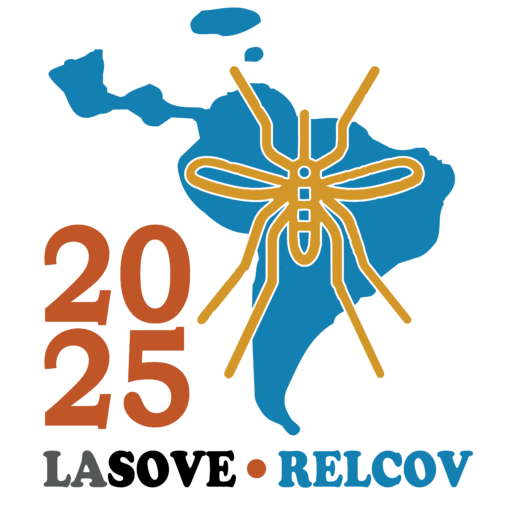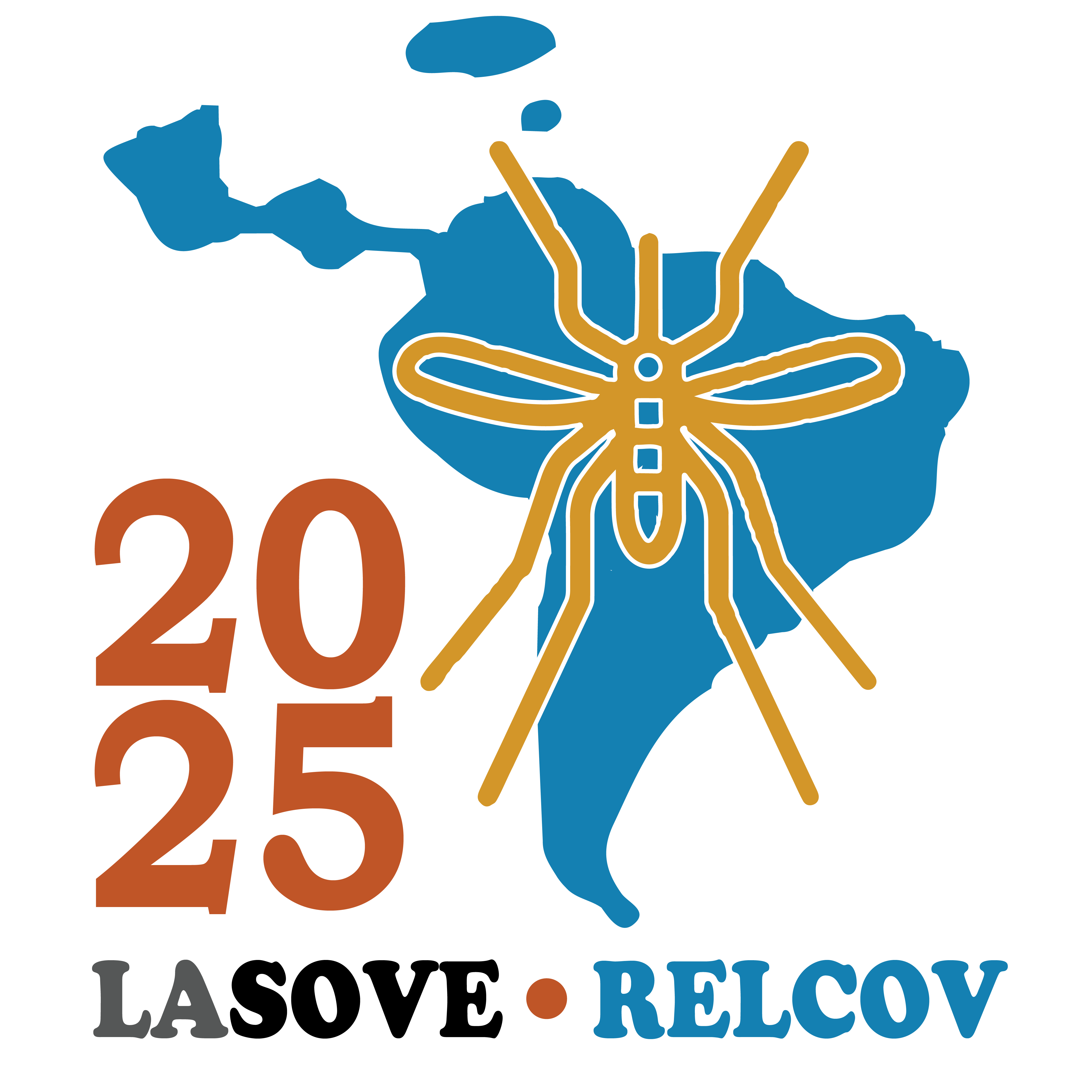Simposio: Eco-Biología de vectores
SIMPOSIO
Eco-biología de vectores
COORDINA: Marcelo LORENZO

Biología de vectores
Este simposio reunirá a autores que representan a cinco países de América Latina, quienes presentarán sus avances recientes en diversos aspectos de la biología de vectores. Cuatro ponentes tienen la intención de participar de manera presencial, mientras que el tercero realizará su presentación de forma remota.
El evento comenzará con una breve introducción de 30 segundos a cargo del coordinador del subcomité, seguida de cinco presentaciones de 15 minutos cada una. Se destinarán dos minutos después de cada ponencia para que el público pueda plantear dudas, comentarios o ideas relacionadas. Finalmente, se dedicarán aproximadamente cuatro minutos al cierre para abordar preguntas comunes o sugerencias generales.
Créditos de las imágenes utilizadas en esta página web
Aedes dorsalis, imagen por bradenjudson, CC 1.0, Wikimedia Commons (https://commons.wikimedia.org/wiki/File:Aedes_dorsalis.png) | Las imágenes de las personas miembro de los distintos comités de LA SOVE RELCOV 2025 así como las imágenes de los/as oradores/as fueron provistas por las mismas personas para uso exclusivo en esta página web. Los/as autores/as de estas imágenes se reservan el derecho de uso y reproducción de las mismas.
